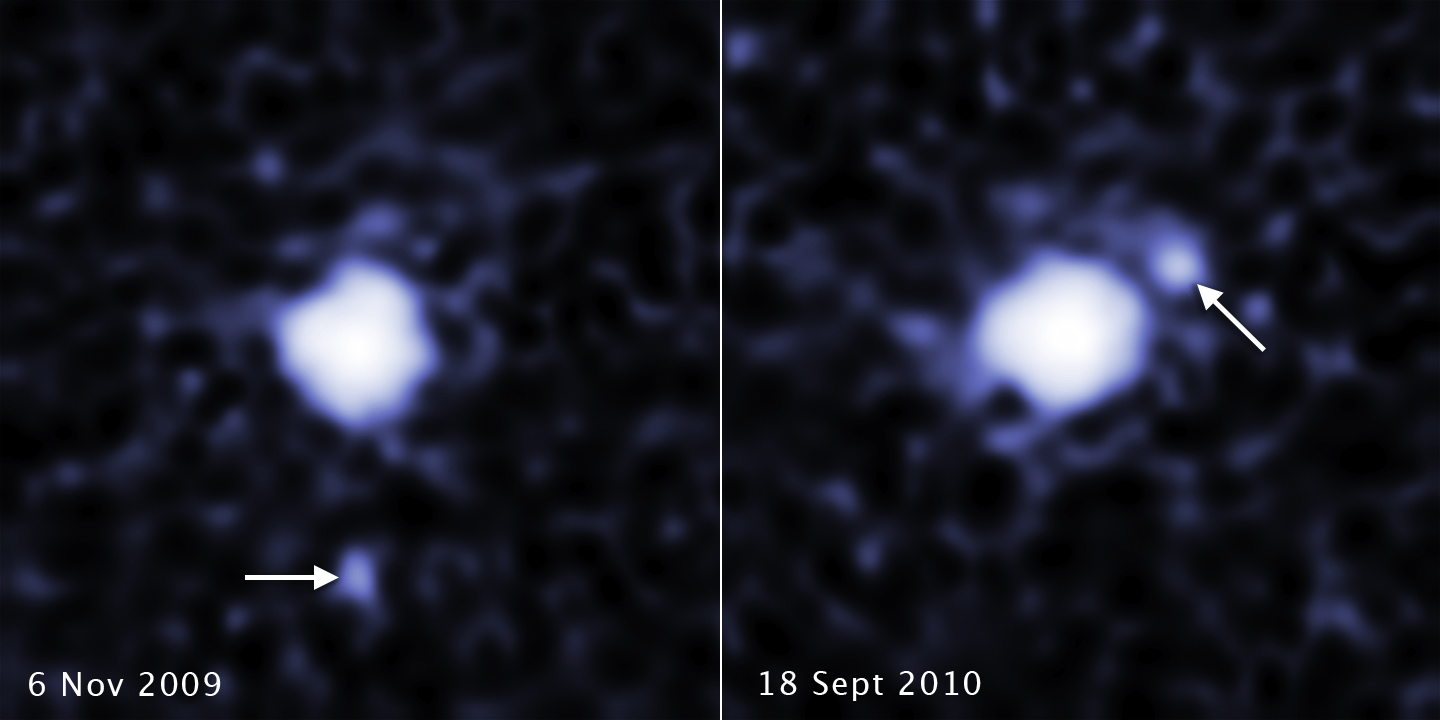
Moons are exceedingly common in the Solar System – Jupiter alone has 67! But smaller planets do as well of course, except for Mercury and Venus, and even some dwarf planets and asteroids have moons. This includes dwarf planets such as Pluto, which has five moons despite being so small itself. Most of the larger dwarf planets are now known to possess moons, and now another one has been discovered, by the Hubble Space Telescope and two other telescopes, orbiting the third largest known dwarf planet known as 2007 OR10.
2007 OR10 orbits the Sun in the far distant outer fringes of the Solar System, in the Kuiper Belt. The discovery also means that astronomers can learn more about how moons formed in the early Solar System.
“The discovery of satellites around all of the known large dwarf planets – except for Sedna – means that at the time these bodies formed billions of years ago, collisions must have been more frequent, and that’s a constraint on the formation models,” said Csaba Kiss of the Konkoly Observatory in Budapest, Hungary. He is the lead author of the science paper announcing the moon’s discovery. “If there were frequent collisions, then it was quite easy to form these satellites.”
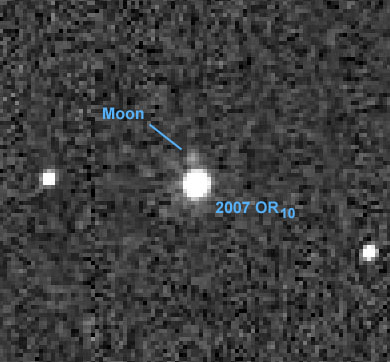
The findings suggest that smaller objects collided more frequently since the region was more crowded at the time.
“There must have been a fairly high density of objects, and some of them were massive bodies that were perturbing the orbits of smaller bodies,” said team member John Stansberry of the Space Telescope Science Institute in Baltimore, Maryland. “This gravitational stirring may have nudged the bodies out of their orbits and increased their relative velocities, which may have resulted in collisions.”
All of this depends on the speed of the objects however. If the collisions were too fast, the resulting debris could have escaped the Solar System. If too slow however, any impacts would have only produced impact craters. This is similar to what happens in the main Asteroid Belt, where high-speed collisions are common.
This latest moon was discovered in archival images of 2007 OR10 taken by Hubble’s Wide Field Camera 3, but it was previous observations by the Kepler Space Telescope that suggested this dwarf planet might have a moon. This led to further examination of images taken by Hubble. Kepler had also found that 2007 OR10 has a slow rotation period of 45 hours, while most Kuiper Belt Objects (KBOs) have rotation periods of less than 24 hours. This also can be explained by the presence of a moon.
“Typical rotation periods for Kuiper Belt Objects are under 24 hours,” Kiss said. “We looked in the Hubble archive because the slower rotation period could have been caused by the gravitational tug of a moon. The initial investigator missed the moon in the Hubble images because it is very faint.”
While the images confirm that the moon is gravitationally bound to 2007 OR10, the size of the orbit isn’t yet known. The moon moves with the dwarf planet as seen in two Hubble observations a year apart.
“Ironically, because we don’t know the orbit, the link between the satellite and the slow rotation rate is unclear,” Stansberry said.
Even though the orbit isn’t yet known, astronomers have estimated the size of the moon to be 150 to 250 miles (240 to 402 kilometers) in diameter, while the dwarf planet itself is about 950 miles (1,528 kilometers) across. This is based on observations from the Herschel Space Observatory, which measures thermal emissions of objects.
The discovery of another moon in the Kuiper Belt is also of interest in light of the discoveries made at Pluto by the New Horizons spacecraft. Pluto is the largest dwarf planet/KBO, and the fact that it has five moons was a surprising finding, given its small size (as compared to other planets and larger moons). Now that moons are also being discovered around other dwarf planets and KBOs, such as Makemake, it will be interesting to compare them to Pluto’s. In a “club” of nine other dwarf planets, only Pluto and Eris are larger than 2007 OR10. How many other KBOs will also be found to have moons? Like Pluto, 2007 OR10 is in an elliptical orbit, but currently is three times farther from the Sun than Pluto.
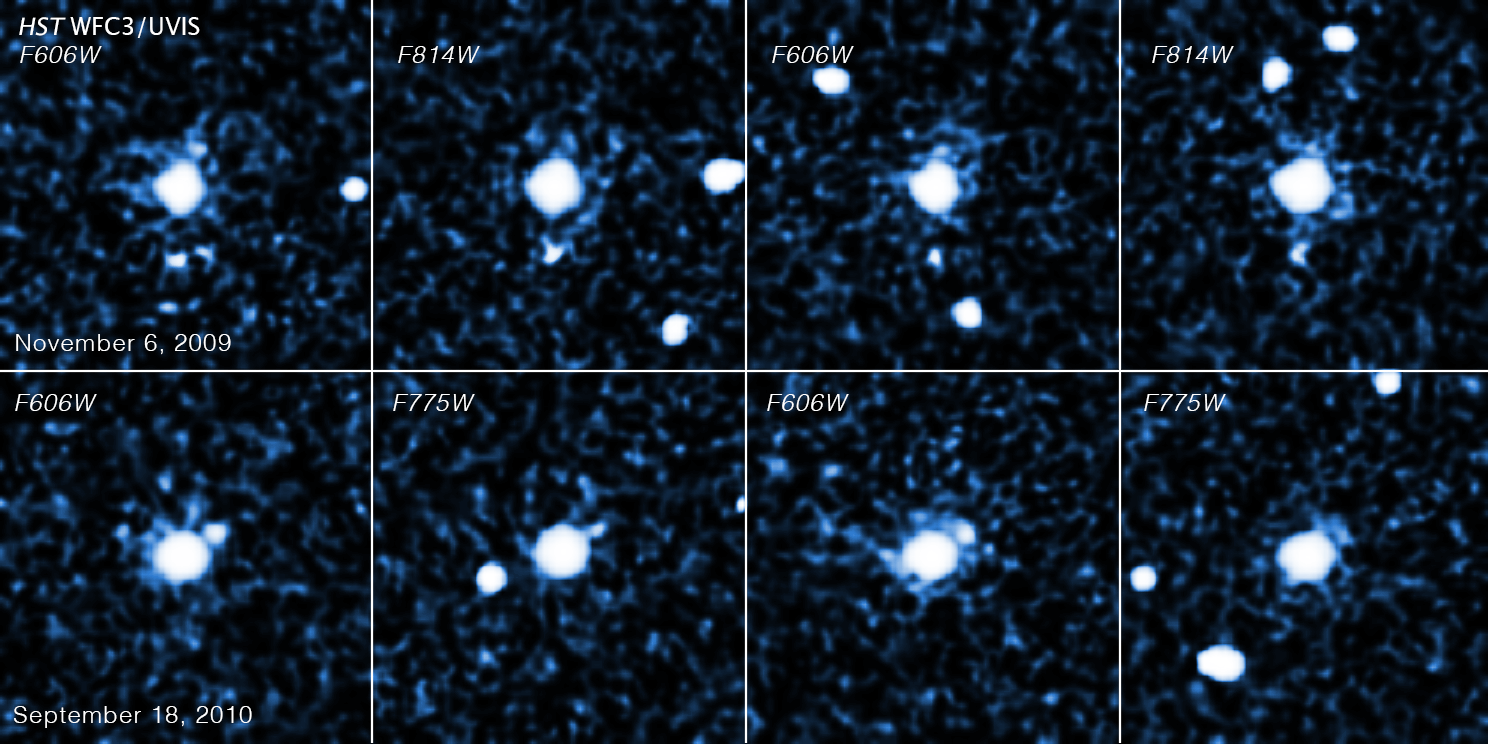
The new results have been published in The Astrophysical Journal Letters.
Right now, New Horizons is speeding toward its next close flyby of a KBO, called 2014 MU69, which it will reach on Jan. 1, 2019. Last month, New Horizons reached the mid-way point between Pluto and 2014 MU69; the spacecraft’s flyby of Pluto was in July 2015.
“It’s fantastic to have completed half the journey to our next flyby; that flyby will set the record for the most distant world ever explored in the history of civilization,” said Alan Stern, New Horizons principal investigator from the Southwest Research Institute in Boulder, Colorado.
2014 MU69 is much smaller than Pluto, only about 13 to 25 miles (21 to 40 kilometers) across, so it may be unlikely to have any moons, but we won’t know for sure until New Horizons gets there. New Horizons will fly past the KBO at a much closer distance than it did Pluto – only about 1,900 miles (3,000 kilometers) from the surface. Regardless, seeing this KBO up close will provide more clues as to how these bodies first formed.
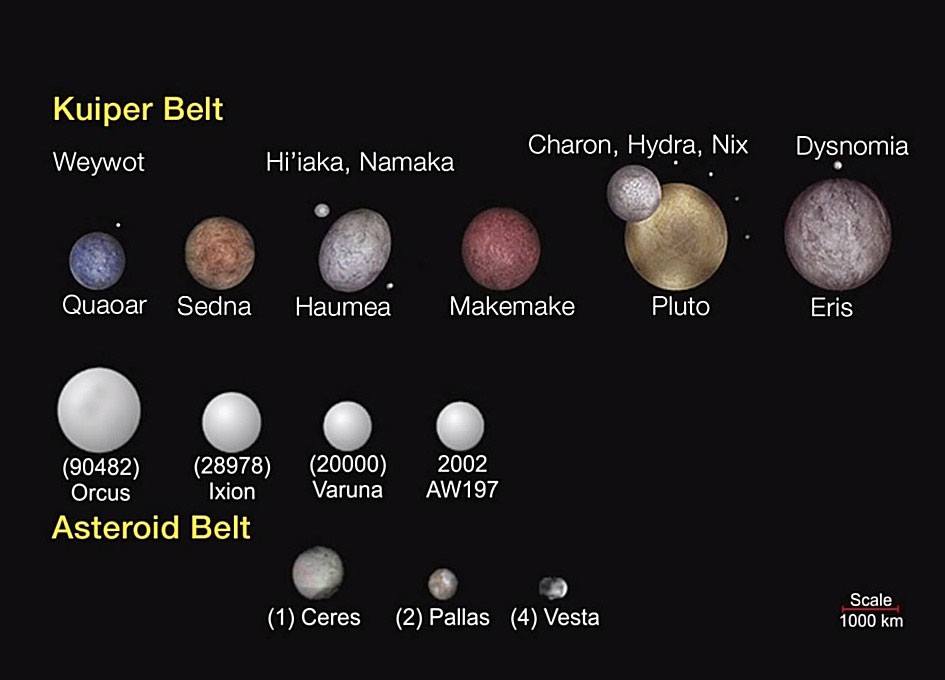
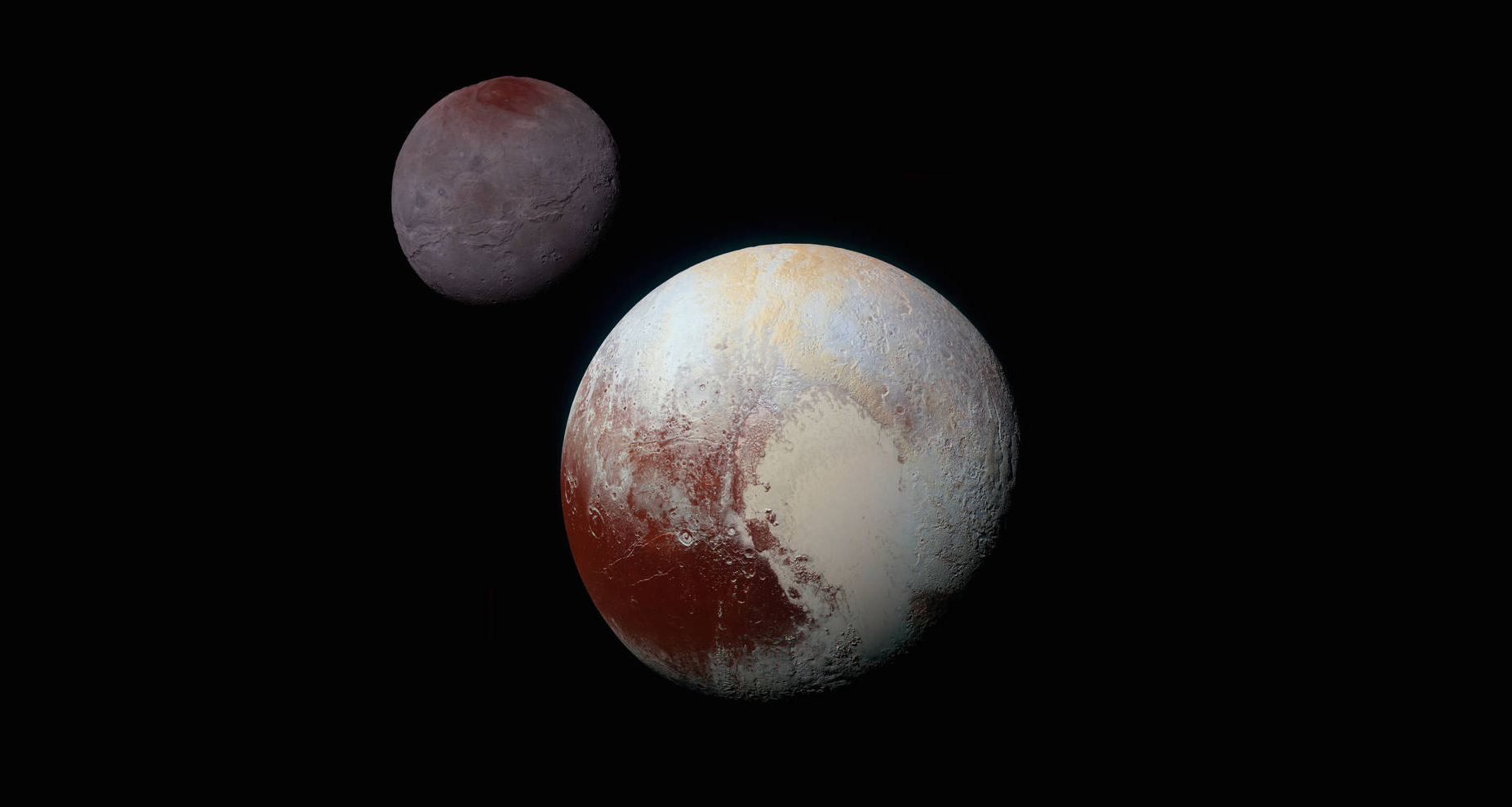
As Stern also explained, “The Kuiper Belt is a rich scientific frontier. Its exploration has important implications for better understanding comets, the origin of small planets, the Solar System as a whole, the solar nebula, and dusty Kuiper Belt-like disks around other stars, as well as for studying primitive material from our own Solar System’s planet formation era. The exploration of the Kuiper Belt and KBOs like MU69 by New Horizons would transform Kuiper Belt and KBO science from a purely astronomical pursuit, as it is today, to a geological and geophysical pursuit.”
The discovery of moons orbiting smaller dwarf planets also has implications in the long-running debate of whether dwarf planets should be considered actual planets instead of just a sub-category, ie. as in the demotion of Pluto. Stern, among others, is very vocal about this, that dwarf planets such as Pluto should simply be called planets, period. A still-common view holds that if a body has a moon or moons orbiting it, then it qualifies as a planet. Some larger asteroids such as Ceres are also now referred to as dwarf planets, however, as well as minor planets, adding to the confusion. But if some much smaller bodies, which aren’t even spherical, have moons, does that still make them planets? It’s a debate which is likely to continue for years to come. New Horizons also found Pluto to be more currently geologically active than thought (very planet-like!) and its largest moon Charon also shows evidence of past geological activity.
“We’ve only seen surfaces like this on active worlds like Earth and Mars,” noted John Spencer, a member of the New Horizons science team at the Southwest Research Institute, in Boulder, Colo. “I’m really smiling.”
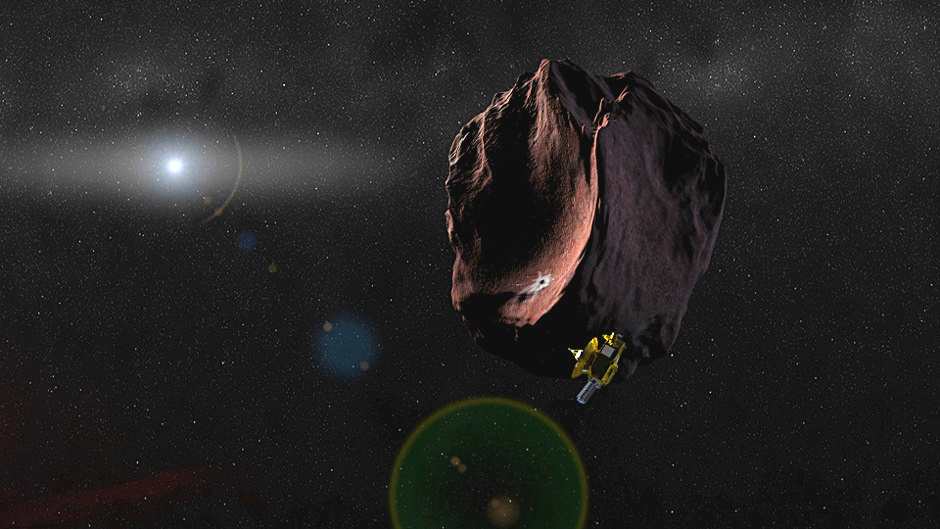
Stern also commented on this previously:
“The definition that I like, and that a lot of planetary astronomers like, is called the geophysical planetary definition,” Stern said during a radio interview for PBS in 2015. “It asks only two questions, and if it passes both tests, it’s a planet. First question is it in space? Pluto passes that test pretty easily. Secondly, is it large enough for gravity to have overwhelmed material strength so that it will flow into a sphere, the shape of a sphere? And Pluto also passes that test, in fact by a large margin, and so that’s how we differentiate between small rocky shards and big things that act like planets.”
What about exoplanets? Kepler and other telescopes have been finding them by the thousands now, and billions are now estimated to exist in our Galaxy alone. How many of them have moons? We don’t know yet, and we are still waiting for the first confirmed detection of an exomoon. Being smaller than planets, they are naturally much harder to detect, but we are getting close. The large number of moons in our own Solar System should provide clues about these ones as well. Could some moons even have their own moons? At this point, it’s anybody’s guess, but results from telescopes such as Hubble and probes such as New Horizons have already revealed these worlds to be more diverse than ever thought before.
More information about Hubble is available on the official website.
Be sure to “LIKE” AmericaSpace on Facebook and follow us on Instagram & Twitter!
.
Missions » New Horizons »





Cool. Apologies to people who are miffed Pluto isn’t a “planet” anymore, but this latest discovery just reinforces the fact that Pluto is more like the Kuiper Belt objects than the rest of the planets.